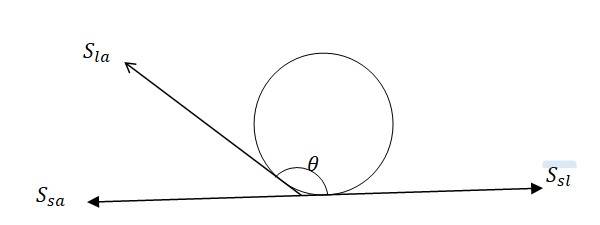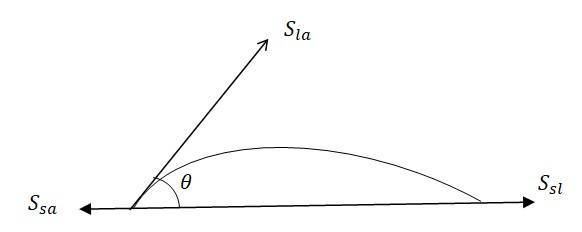10.2 Explain why
(a) The angle of contact of mercury with glass is obtuse, while that of water with glass is acute
(b) Water on a clean glass surface tends to spread out while mercury on the same surface tends to form drops. (Put differently, water wets glass while mercury does not)
(c) Surface tension of a liquid is independent of the area of the surface
(d) Water with detergent dissolved in it should have small angles of contact
(e) A drop of liquid under no external forces is always spherical in shape
10.2 Explain why
(a) The angle of contact of mercury with glass is obtuse, while that of water with glass is acute
(b) Water on a clean glass surface tends to spread out while mercury on the same surface tends to form drops. (Put differently, water wets glass while mercury does not)
(c) Surface tension of a liquid is independent of the area of the surface
(d) Water with detergent dissolved in it should have small angles of contact
(e) A drop of liquid under no external forces is always spherical in shape
-
1 Answer
-

The angle between the tangent to the liquid surface at the point of contact and the surface inside the liquid is called the angle of contact ( , as shown in the diagram
= Interfacial tension between liquid-air interface
= Interfacial tension between solid -liquid interface
= Interfacial tension between solid-air interface
At the line of contact of contact, the surface forces between the three media must be in equilibrium. Hence
=
The angle of contact is obtuse, if , as in the case of mercury on glass

This angle is acute if , as in the case of water on glass
Mercury molecules (which mak
...more
Similar Questions for you
Surface tension is the force acting on the surface of the liquid.
Bernoulli's principle states that in a steady flow, the sum of pressure, kinetic energy per unit volume, and potential energy per unit volume remains constant.
Yes, the Mechanical properties of fluids class 11th physics is important in NEET. On average, 1-2 questions would be asked from this chapter, which you can cover from the Class 11th Mechanical Properties of Fluids notes.
The main mechanical properties of fluids are exerting pressure, resisting flow or viscosity, forming surface tension, following Bernoulli's principle, and moving in a streamline.
Since velocity does not change, so acceleration will be zero.
mg = FB + Fv
Taking an Exam? Selecting a College?
Get authentic answers from experts, students and alumni that you won't find anywhere else
Sign Up on ShikshaOn Shiksha, get access to
- 65k Colleges
- 1.2k Exams
- 679k Reviews
- 1800k Answers
